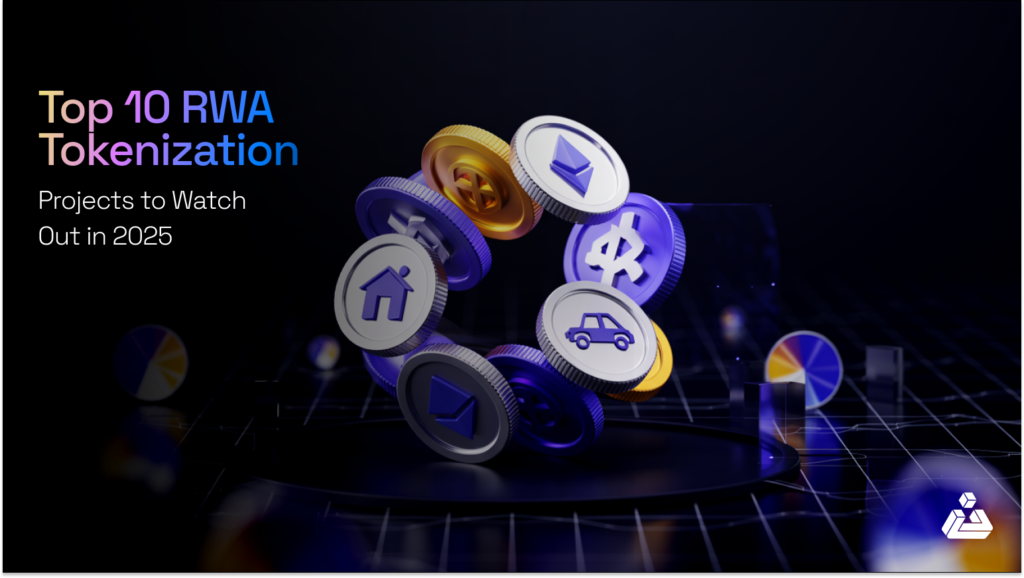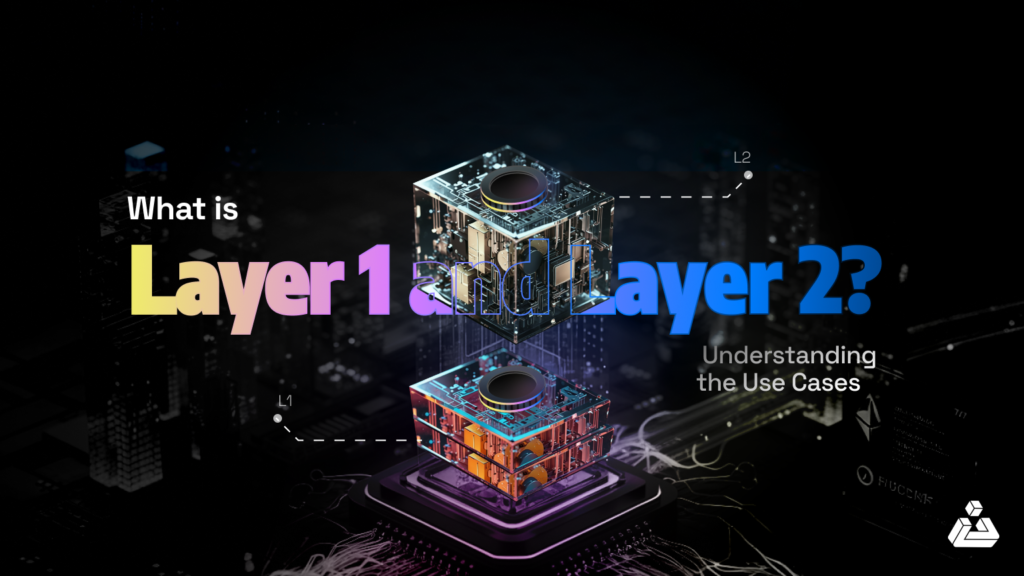In the vast expanse of the blockchain universe, Cosmos stands out as a visionary project aiming to break down barriers and foster an interconnected future. This primer delves into the core concepts of Cosmos, exploring its mission to create an “internet of blockchains.”
The Genesis of Cosmos: Addressing Blockchain Fragmentation
Imagine a global communication network where each country operates its own incompatible internet. This fragmented landscape aptly represents the state of blockchains. Individual blockchains, each with its own strengths and weaknesses, operated in isolation. This lack of interoperability hindered communication, limited scalability, and stifled the overall potential of blockchain technology.
Inter-Blockchain Communication (IBC)
Cosmos tackles this problem head-on by pioneering the concept of interoperability. At the heart of this vision lies the Inter-Blockchain Communication (IBC) protocol. IBC acts as a secure and trustless communication highway, enabling zones (independent blockchains within the Cosmos ecosystem) to exchange data and assets with each other. This groundbreaking development removes the walls between blockchains, fostering collaboration and unlocking a universe of possibilities.
The Central Hub: Cosmos Hub
The Cosmos Hub serves as the bustling metropolis of the intergalactic network. Built on Tendermint Core, a Byzantine Fault Tolerance (BFT) consensus engine, the Cosmos Hub provides a robust and secure foundation for the entire ecosystem. Here’s a closer look at its crucial functions:
-
Inter-Blockchain Communication Hub:
The Cosmos Hub acts as the central communication point for all zones within the network. It facilitates secure data and asset transfers via the IBC protocol, ensuring seamless interaction between independent blockchains.
-
Token Governance (ATOM):
The native token of the Cosmos Hub is ATOM. It plays a vital role in network governance, allowing token holders to participate in voting on proposals that shape the future of the Cosmos ecosystem. Additionally, ATOM functions as the primary fee for transactions occurring on the Cosmos Hub.
-
Security & Validation:
Validators within the Cosmos Hub network are responsible for securing the network and ensuring transaction validity. By staking their ATOM tokens, validators contribute to the overall security of the ecosystem and receive rewards for their participation.
Building on Solid Foundations – Tendermint Core
Underpinning the security and performance of the Cosmos Hub, as well as most zones within the ecosystem, lies Tendermint Core. This powerful BFT consensus engine ensures that all participants in the network agree on the current state of the blockchain. Tendermint Core achieves this through a voting process, where validators collaborate to reach a consensus on the validity of transactions. This robust consensus mechanism safeguards the Cosmos ecosystem against malicious attacks and double-spending attempts.
Zones: A Universe of Specialized Blockchains
Cosmos doesn’t force a one-size-fits-all approach. Instead, it empowers developers to create specialized blockchains, known as zones, tailored to specific needs. Here’s what makes zones so versatile:
-
Customizable Architecture:
Unlike monolithic blockchains, zones leverage the Cosmos SDK (Software Development Kit). This modular toolkit allows developers to build zones with unique functionalities and features, catering to diverse applications such as DeFi, supply chain management, or even gaming.
-
Scalability & Performance Benefits:
By distributing processing power across multiple zones, Cosmos overcomes the scalability limitations of individual blockchains. This enables zones to handle a larger volume of transactions with faster processing times.
-
Integration with the Cosmos Hub:
Each zone can seamlessly integrate with the Cosmos Hub via IBC, enabling interaction with other zones within the network. This fosters collaboration and innovation, allowing developers to leverage the strengths of different zones to build complex and interconnected blockchain applications.
Source:https://mapofzones.com/home?columnKey=ibcVolume&period=24h&mapType=2d
The Interchain Ecosystem: A Community of Innovation
Cosmos fosters a vibrant developer community known as the Interchain. This collaborative environment provides developers with the resources and tools needed to build and deploy custom blockchains within the Cosmos network. The Interchain ecosystem thrives on the following principles:
-
Open-source Development:
The core components of Cosmos, including the Cosmos Hub, Tendermint Core, and the Cosmos SDK, are all open-source. This fosters transparency, encourages community participation, and accelerates the development of new functionalities within the ecosystem.
-
Interchain Apps (ICA):
The Inter-Blockchain Communication protocol (IBC) paves the way for the development of Interchain Apps (ICAs). These innovative applications can leverage the functionalities of multiple zones within the network, creating entirely new possibilities for decentralized applications.
-
Shared Security Model:
Zones within the Cosmos ecosystem can leverage the security provided by the Cosmos Hub. This allows developers to focus on building innovative applications without needing to worry about building their own robust consensus mechanisms.
Cosmos in Action
The Cosmos ecosystem is a thriving universe of interconnected blockchains, each designed with specific purposes and capabilities. Among these, Osmosis, Neutron, Noble, and Sei are standout examples that illustrate the power and versatility of the Cosmos network.
Osmosis
A decentralized exchange (DEX) built for the Cosmos ecosystem, Osmosis is a prime example of Cosmos’ vision for interoperability and user sovereignty. Leveraging the IBC protocol, Osmosis allows for seamless cross-chain transactions, enabling users to trade assets from various blockchains in a single, unified platform. Its innovative liquidity pools and AMM (Automated Market Maker) design cater to a diverse range of trading strategies and preferences, showcasing the flexibility and adaptability of decentralized finance (DeFi) within the Cosmos network.
Neutron
As a ‘consumer-chain’ launched within Cosmos, Neutron brings smart contract functionality across the Cosmos-family blockchains using CosmWasm. It stands out for its support of interchain smart contract deployment and features like Replicated Security and native IBC integration. Neutron exemplifies the Cosmos ethos by providing developers with robust tools for creating intricate decentralized applications (dApps) that can leverage features from various chains, thereby expanding the realm of possibilities for blockchain innovation.
Noble
Noble is an application-specific blockchain (app chain) within the Cosmos ecosystem, purpose-built for native asset issuance. It provides a minimalistic and high-security architecture combined with the cross-chain efficiencies of the IBC protocol. Noble enables seamless and secure transfer of assets across multiple blockchains, enhancing liquidity and adoption of stablecoins and real-world assets (RWAs) in the Interchain economy. By focusing exclusively on asset issuance, Noble reduces chain complexity and ensures exceptional reliability for asset issuers.
Sei
Sei is a Layer-1 blockchain built on the Cosmos SDK, designed specifically for decentralized finance (DeFi) applications. It features an order book as the base layer of the blockchain and utilizes Tendermint Core as its consensus mechanism. Sei achieves rapid block finality, making it ideal for high-frequency trading and real-time digital exchanges. Its architecture enhances scalability and developer flexibility, providing a robust platform for building high-performance financial applications within the Cosmos ecosystem.
The Future of Cosmos
The ambitious vision of Cosmos extends far beyond the current functionalities of the network. Looking ahead, several exciting developments hold the potential to solidify Cosmos’ position as the foundation for a truly interoperable blockchain future:
1. The Rise of Interchain DeFi
Decentralized Finance (DeFi) applications have revolutionized the financial landscape. However, current DeFi protocols are largely confined to their respective blockchains. Cosmos, with its interoperable network, opens doors for the emergence of Interchain DeFi.
Imagine borrowing assets from a lending protocol on one zone while using them as collateral for a derivative trade on another zone – all facilitated seamlessly through IBC. Interchain DeFi unlocks a new level of composability, allowing users to leverage the best functionalities from various DeFi protocols across the Cosmos ecosystem.
2. Interoperable Identity Management:
One of the major challenges in the blockchain space is digital identity management. Traditional methods often involve centralized authorities, hindering user control and privacy.
Cosmos, with its interoperable network, paves the way for the development of secure and self-sovereign identity solutions. Users could hold their identity credentials in a dedicated zone, allowing them to selectively share verified information with different applications across the Cosmos ecosystem and empowering them with greater control over their digital identity.
3. Blockchain Interoperability Beyond Cosmos:
While Cosmos focuses on interoperability within its own ecosystem, its core concepts can pave the way for broader blockchain interoperability.
Interoperability bridges are being developed to connect Cosmos with other major blockchains like Ethereum or Solana. This would allow for the seamless transfer of data and assets between entirely different blockchain ecosystems, unlocking a truly interconnected future for the entire blockchain space.
4. Increased Developer Adoption and Network Effects:
As the Cosmos ecosystem continues to grow and mature, attracting more developers and projects, network effects will come into play. A wider range of applications and functionalities within the Cosmos network will further incentivize developers to build on top of Cosmos, fostering a self-reinforcing cycle of innovation and growth.
5. Governance and the Future of Cosmos:
The Cosmos Hub operates under a democratic governance system, where ATOM holders can vote on proposals that shape the future of the network. This allows the community to decide on key issues such as upgrades, fee structures, and the integration of new features.
As the Cosmos ecosystem evolves, the governance framework will need to adapt to accommodate the growing number of stakeholders and zones within the network. Finding the right balance between community participation and efficient decision-making will be crucial for the long-term success of Cosmos.
Checkout Our Cosmos Smart Contract Audit Service
Challenges and Considerations:
Despite its immense potential, Cosmos faces several challenges, including competition from other interoperability solutions and the complexity of managing a vast and interconnected network.
Security remains a paramount concern, as any vulnerability within the Cosmos Hub or a connected zone could potentially impact the entire ecosystem. Continuous security audits and improvements to the IBC protocol are essential to maintain user trust.
Cosmos represents a groundbreaking vision for the future of blockchain technology. By fostering interoperability and empowering developers to build specialized blockchains, Cosmos has the potential to bridge the gap between isolated blockchains and create a truly interconnected web of value and data. As the network continues to evolve, attract developers, and foster innovation, Cosmos’ role in shaping a collaborative and interoperable blockchain future seems increasingly likely.
Unlock the full potential of your blockchain project with BlockApex’s blockchain consulting and security services. Whether you’re an innovator, tech founder, or part of a financial institution, our tailored solutions are designed to ensure your project’s success. Connect with us today to navigate the new era of blockchain with confidence.
FAQs
- What is Cosmos Blockchain?
Cosmos is a decentralized network designed to create an interconnected ecosystem of blockchains. It uses the Inter-Blockchain Communication (IBC) protocol to enable seamless communication and asset exchange between independent blockchains, fostering interoperability and scalability.
- What is the Cosmos Hub?
The Cosmos Hub is the central blockchain in the Cosmos network. It acts as a hub for communication between blockchains (zones) and provides governance, security, and token transaction services for the ecosystem.
- What is ATOM used for?
ATOM is the native token of the Cosmos Hub. It is used for staking, governance, and paying transaction fees. Holders can also participate in network decision-making through voting.
- What is the IBC protocol?
The Inter-Blockchain Communication (IBC) protocol enables secure, trustless communication and asset exchange between blockchains in the Cosmos ecosystem. It is the backbone of interoperability within Cosmos.
- What is Tendermint Core?
Tendermint Core is a Byzantine Fault Tolerance (BFT) consensus engine that ensures secure and reliable operation of blockchains in the Cosmos ecosystem. It facilitates agreement among validators on the state of the blockchain.
- What is the Cosmos SDK?
The Cosmos SDK is a modular framework that developers use to build custom blockchains, or zones, within the Cosmos ecosystem. It simplifies blockchain development by providing essential tools and components.































